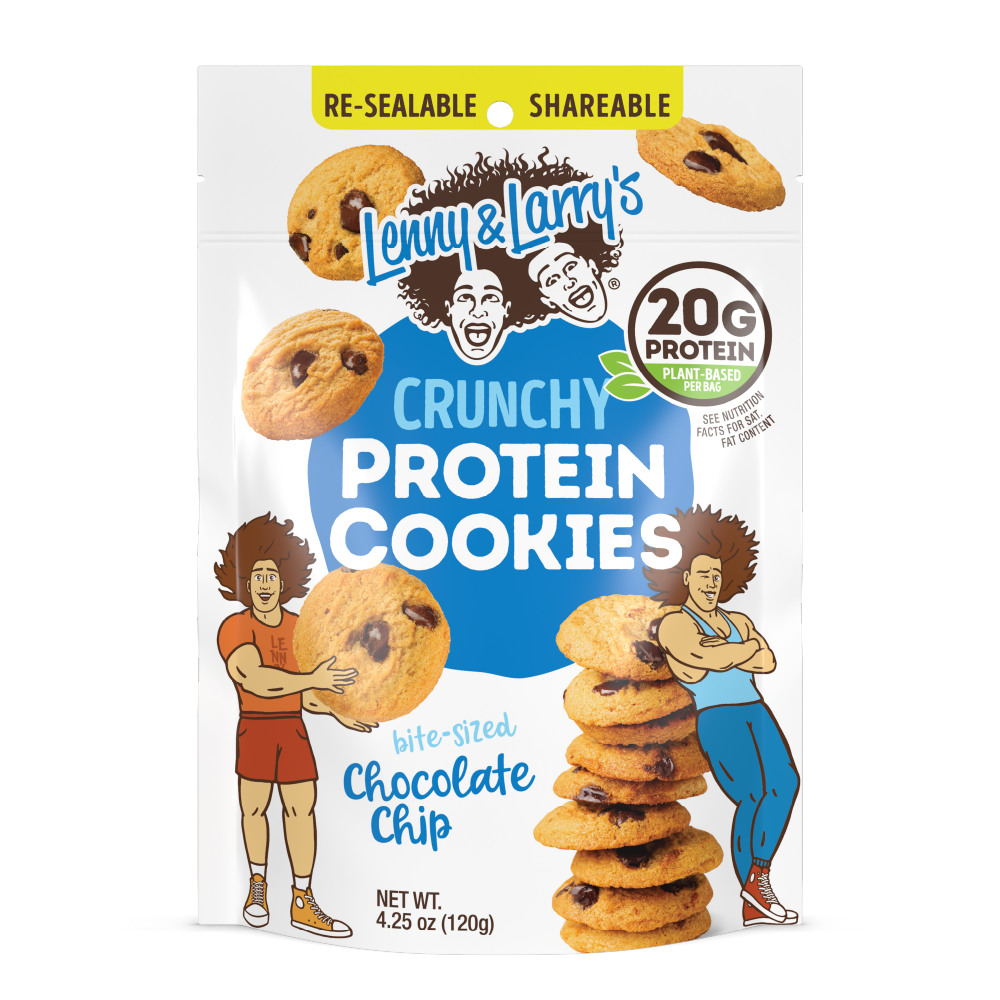
The Soundtrack of Stamina - imagine lacing up your sneakers, the air around you buzzing with anticipation, and your heart beginning to match the tempo of your playlist. This is no ordinary playlist; it's a meticulously crafted queue of beats that will carry you through the peaks and valleys of your workout.
The power of music to fuel our physical exertion is not just a matter of personal taste, but a phenomenon deeply rooted in science. It's about the transformative capability of melodies and rhythms to enhance our endurance and elevate our performance to new heights.
It's all about how diverse musical landscapes are. From the soothing strings of classical compositions to the raw, pulse-quickening surge of heavy metal - each genre acts as a key to unlocking our workout potential. It's about the intricate relationship between those beats and your body's response.
The Psychology of Music in Physical Performance

As you slip on your headphones and step into your workout, have you ever pondered why the beat of your music feels like a second wind? The right tunes can influence your endurance, concentration, and even enjoyment during a physical session.
Harnessing the Power of Rhythm for Concentration
Beats Per Minute Boost Endurance
The Emotionality of Exercise
Tuning Into Your Workout's Rhythm - The Science of BPM
Have you ever wondered why certain songs make you instinctively pick up the pace or keep you moving long past your usual exhaustion point? That's the rhythmic power of BPM (beats per minute). Grasping what music with certain levels of BPM can do for you can give you an edge against your own peak performance.

BPM Uncovered: Your Guide to Musical Pacing
Matching Your Movements with Tempo
Creating A BPM-GAS Playlist
Genre by Genre – The Effects of Music on Physical Intensity & Stamina
As you queue up your playlist and begin your workout, the genre of music pulsating through your headphones can be as crucial to your session as the exercise itself. Let's explore how different musical landscapes can shape your physical exertion and endurance. Feel the nuances of each genre and how they may act as catalysts, altering the trajectory of your workout and possibly your overall fitness results.
Classical Music:

Hip-hop and Rap:
Pop Music:
Electronic/Dance Music:
Music choice is as personal as your fitness journey. You might find surprising motivation from a genre you've never considered before, so mix it up and take note of how your body responds.
Experimenting with Your Exercise Soundtrack
Embark on an epic adventure to enhance your workouts. Your current playlist might be tried and true, but there's a world of rhythms and beats out there waiting to be your next workout partner.
Dive Into a Musical Experiment
Swap It Out: A Social Music Challenge
Track Your Tunes and Gains
Through this exploratory process, you'll not only expand your musical horizons but also fine-tune the relationship between your workouts and your playlists.
What specific songs or playlists are recommended for each music genre to optimize workout performance?
Recommended Playlists for Optimizing Workout Performance:
Finding the right music for your workout can enhance your performance significantly. Fitness platforms and streaming services often have curated playlists for various workout styles, such as Spotify's "Power Workout" or Apple Music's "Hip-Hop Workout." Personal trainers and fitness influencers also frequently share their top song picks for running, weightlifting, and yoga sessions. These curated lists are updated to include new hits and can provide a great mix to keep your workouts energized.
Are there any studies showing long-term fitness improvements from consistently matching music genres with specific types of workouts?
Long-term Fitness Improvements from Music:
The long-term benefits of consistently using music tailored to workout types are not well-documented in current scientific literature. However, the immediate benefits of music, such as increased endurance and mood improvement, can potentially translate into more consistent workout habits and, over time, better fitness outcomes. Regularly experiencing positive workouts can motivate individuals to maintain an active lifestyle, thus contributing to long-term health improvements.
How do personal preferences for music genres influence the psychological benefits received during workouts?
Influence of Personal Music Preferences:
Personal preferences play a crucial role in the psychological impact of music during workouts. If someone enjoys a particular music genre, this can stimulate positive emotions and greater neural engagement, making the workout feel easier and more enjoyable. Conversely, listening to disliked music can have the opposite effect, potentially decreasing motivation. Tailoring music choices to individual tastes is crucial for maximizing the motivational effects of music during exercise.
Can the impact of music on workout performance vary depending on the time of day or the intensity of the workout?
Variability of Music's Impact by Time of Day and Workout Intensity:
The influence of music on workout performance may vary based on the time of day and the intensity of the exercise. Energetic, upbeat music might be more beneficial for high-intensity workouts like HIIT or spinning, especially in the morning when people need a boost to shake off sleep inertia. For evening workouts, which might require winding down, softer and steadier beats could enhance lighter activities like yoga or stretching.
What are the effects of listening to no music at all compared to various music genres during workouts?
Effects of Exercising Without Music:
Exercising without music can also have unique benefits, especially for those who use workout time as a way to disconnect from daily stresses and digital stimuli. Some athletes prefer the focus and natural rhythm they can achieve without music, which allows them to better listen to their body's signals and improve technique. Silence or ambient sounds can also be calming, providing a meditative quality to workouts that many find beneficial for mental health.
Your Playlist, Your Power
As we wrap up our journey through beats and bars, remember that the perfect workout playlist isn't a one-size-fits-all - it's as unique as your fingerprint. You've seen how the strategic selection of tunes can elevate your fitness regimen from obligatory to extraordinary. Throughout our exploration, we've discovered that while every genre has its own charm, the true magic happens when a particular beat aligns with your personal workout rhythm. From the steadying strings of classical to the dynamic drive of electronic beats, each style of music carries the potential to invigorate your exercise experience.
The point?
Music, music, and more music.
 Lenny and Larrys
Lenny and Larrys
